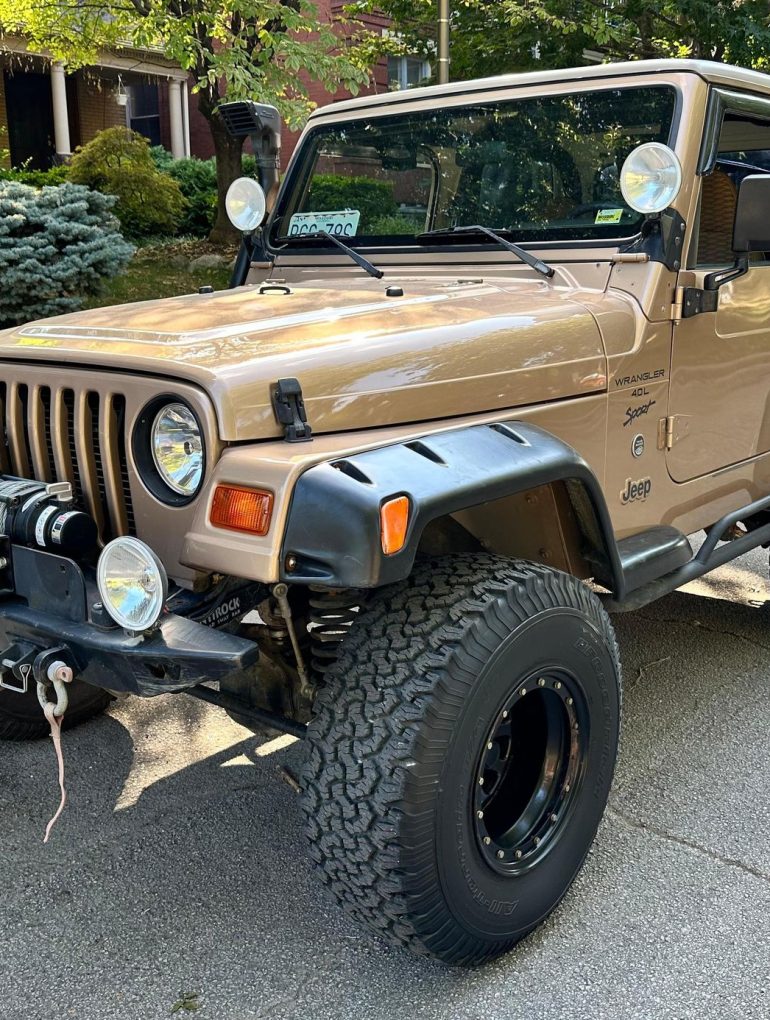Jeep Wrangler Generations
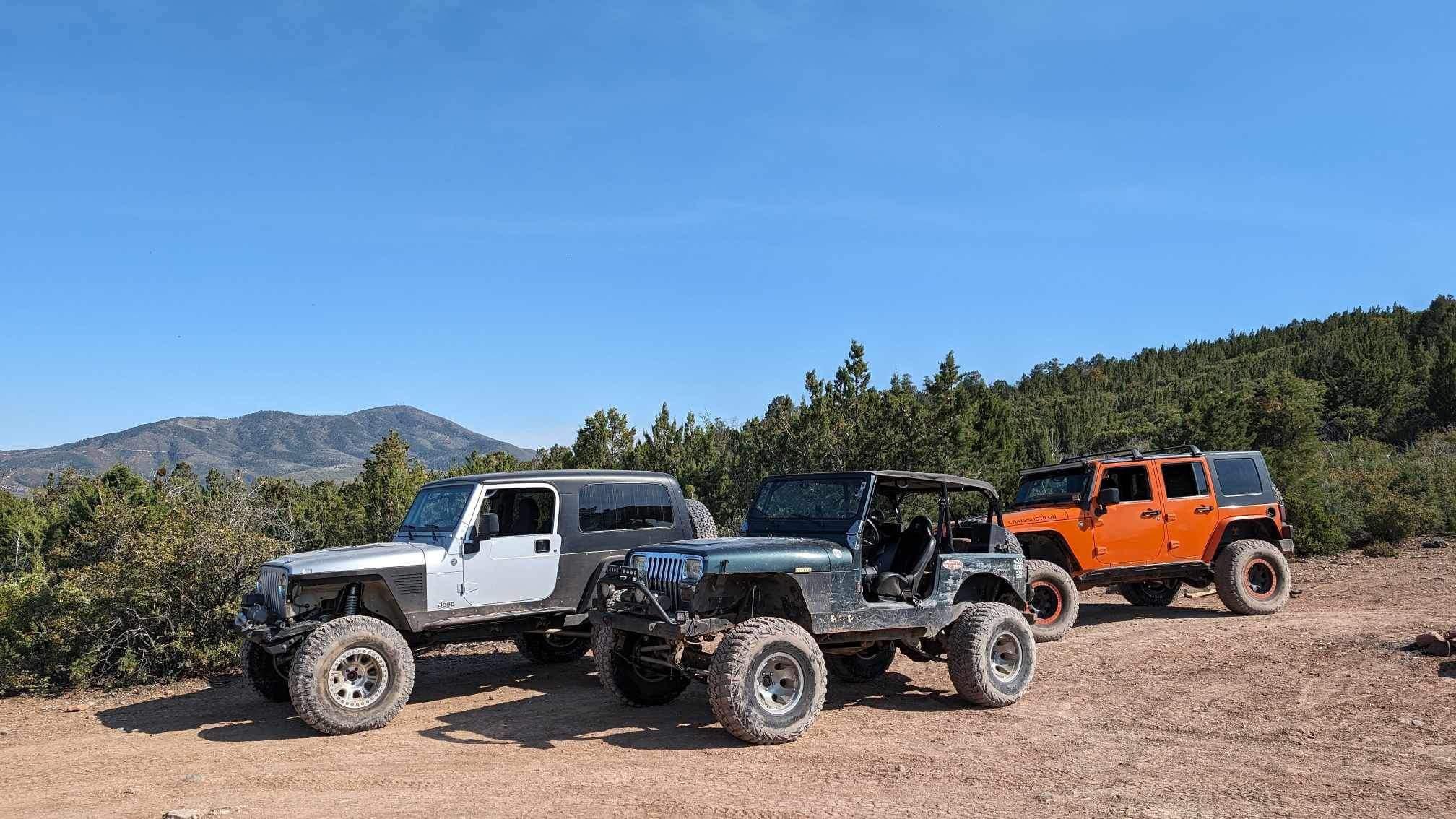
Via Reddit
First Generation: Jeep Wrangler (YJ) – 1986 to 1995
Read the YJ Buyer’s Guide here
The first-generation Jeep Wrangler (YJ), introduced in 1986, marked a transition from Jeep’s utilitarian military heritage to a more refined, consumer-focused design. It combined impressive off-road capabilities with enhanced comfort, appealing to both outdoor enthusiasts and everyday drivers.
Second Generation: Jeep Wrangler (TJ) – 1996 to 2006
Read the TJ Buyer’s Guide here
The second-generation Jeep Wrangler (TJ), introduced in 1997, revived the beloved round headlights and debuted a coil-spring suspension system. This innovation significantly improved ride quality and off-road performance, blending modern comfort with the Wrangler’s legendary ruggedness.
Third Generation: Jeep Wrangler (JK) – 2006 to 2018
Read the JK Buyer’s Guide here
Unveiled in 2007, the Jeep Wrangler (JK) expanded its appeal with a more spacious design and the introduction of the four-door Unlimited model. This generation balanced family-friendly versatility with Jeep’s iconic open-air driving experience and exceptional off-road capability
Fourth Generation: Jeep Wrangler (JL) – 2018 to Present
The fourth-generation Jeep Wrangler (JL), launched in 2018, blends classic Jeep styling with modern advancements. Enhanced safety features, updated powertrains, and improved aerodynamics deliver greater efficiency and comfort while staying true to the Wrangler’s unparalleled off-road heritage.
History & Overview of the TJ Jeep Wrangler
Jeep Wrangler traces its history back to 1941 with the Willys MB, a military vehicle known for its ruggedness when driven off-road during World War II. That success spawned a civilian CJ (Civilian Jeep) series in 1945, laying up a lineage of rugged, go-anywhere vehicles.
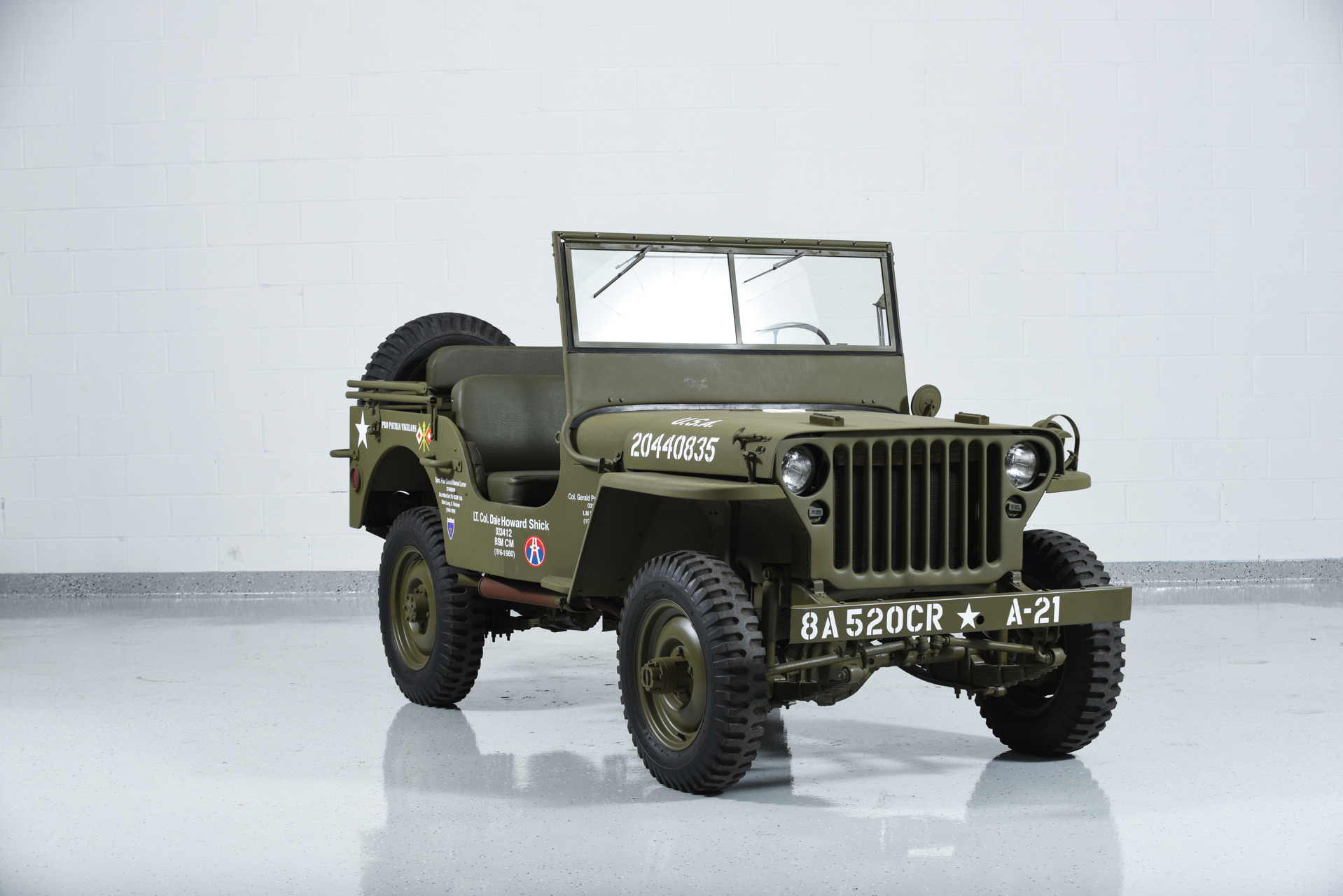
Via Motorcar Classics
The Wrangler name was born with the YJ generation, a step toward a more user-friendly design without giving up off-road capability in 1986. At that time, the YJ introduced rectangular headlights, a change that some Jeepers found distasteful, despite its significant improvements in on-road handling and ride quality. It laid the foundation for the evolution of the Wrangler into an off-road and everyday vehicle.
In 1997, Jeep released the TJ generation—perhaps one of the greatest landmarks in the Wrangler’s past. The TJ brought back round headlights, appeasing purists, while it brought huge engineering advances. Chief among them was the switch to a coil-spring suspension, borrowed from the Jeep Grand Cherokee, which greatly improved ride quality and off-road performance compared to the leaf springs of earlier models.
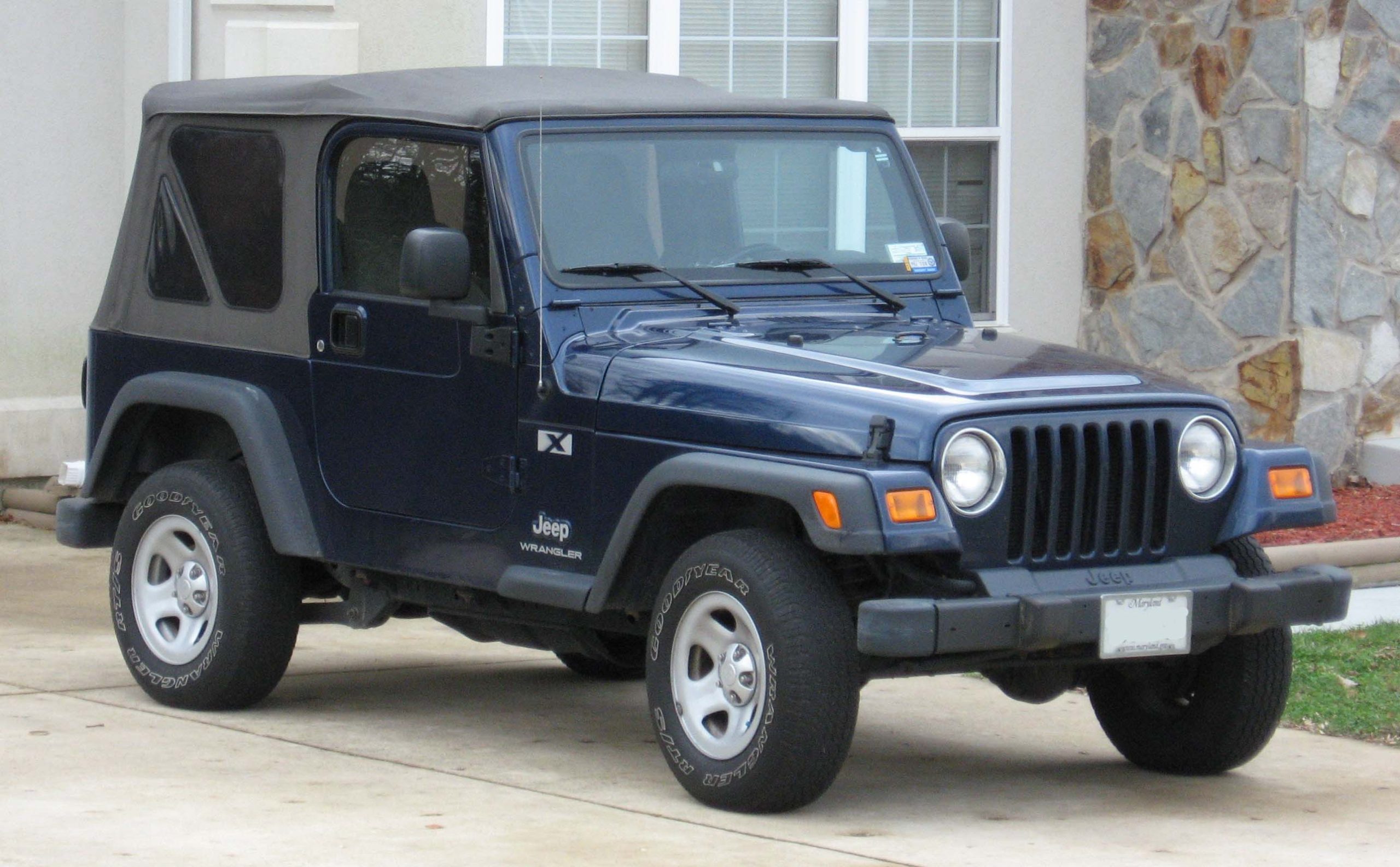
Via Wikipedia
The TJ also introduced new trims and features, such as the Rubicon model, tailored for extreme off-road enthusiasts with enhanced axles, locking differentials, and heavy-duty tires. Throughout its run, the TJ balanced the Wrangler’s rugged roots with modern updates, ensuring its place as a favorite among Jeep loyalists.
The TJ’s innovations set the stage for the Wrangler’s continued success, cementing its reputation as a capable, durable, and iconic off-road vehicle.
Specifications
The Jeep Wrangler TJ (1997-2006) reintroduced round headlights and replaced leaf springs with coil-spring suspension, greatly enhancing ride comfort and off-road performance. This generation preserved the Wrangler’s rugged character while refining its handling, introducing modern features like airbags, and appealing to a broader range of drivers.
Engine
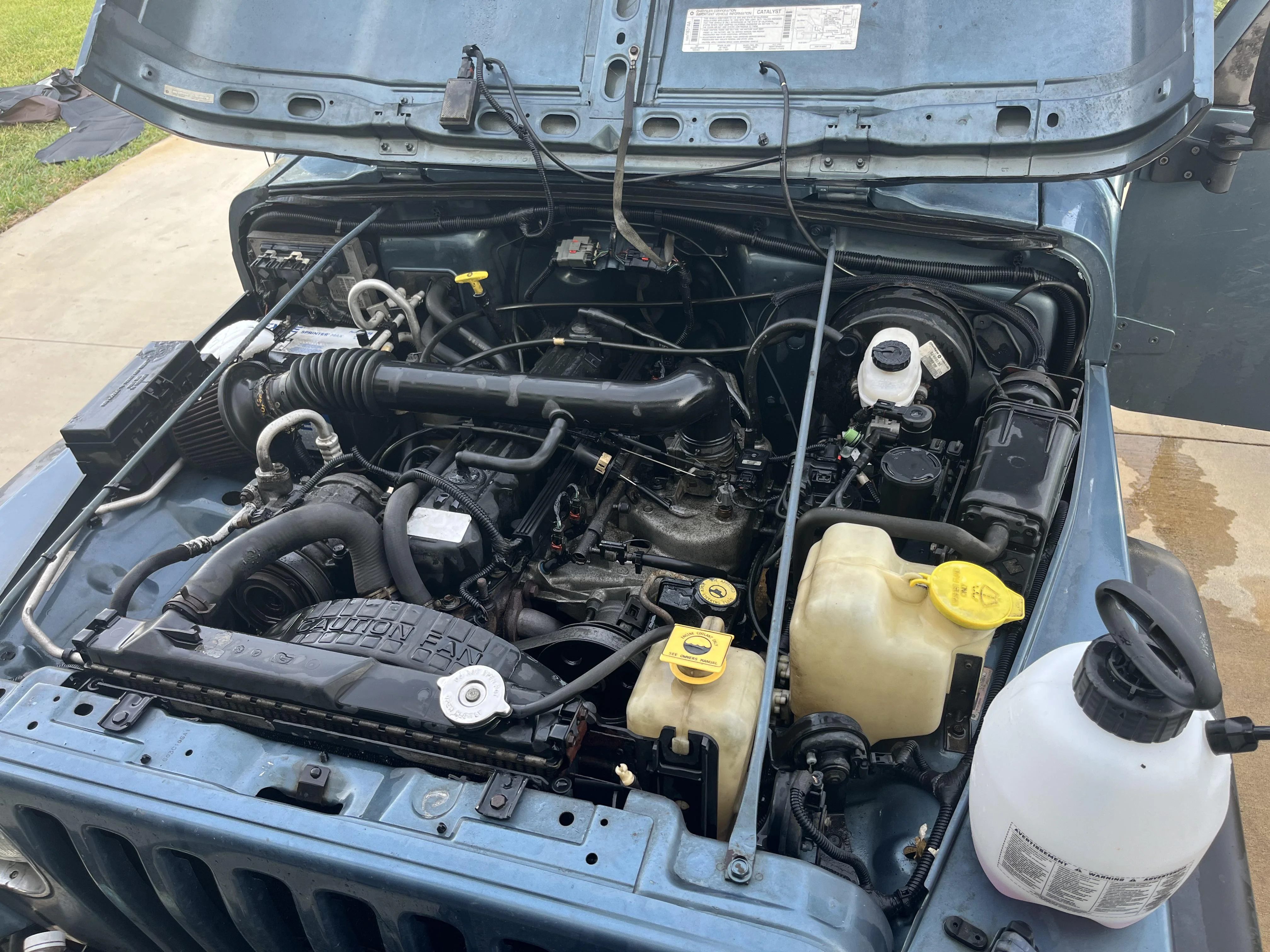
Via Reddit
The Jeep Wrangler TJ (1997-2006) came with two main engine options. The base was a 2.5-liter AMC inline-four, cranking out 123 horsepower and 139 lb-ft of torque—adequate for lighter use but frequently considered underpowered for serious off-road tasks.
| Engine | AMC 150 | AMC 242 |
| Bore x Stroke | 3.88 in x 3.19 in | 3.88 in x 3.41 in |
| Displacement | 2.5 L | 4.0 L |
| Compression Ratio | 9.1:1 | 8.8:1 |
| Cylinders | 4 | 6 |
| Horsepower | 123 hp @ 5,250 rpm | 180 hp @ 4,750 rpm |
| Torque | 139 lb-ft @ 3,250 rpm | 220 lb-ft @ 4,000 rpm |
| Valve Configuration | OHV (Overhead Valve) | OHV (Overhead Valve) |
The more popular alternative was the 4.0-liter AMC inline-six, which pumped out 190 horsepower and 235 lb-ft of torque. Known for its durability and low-end grunt, the inline-six made the Wrangler supremely capable off-road and quite competent on the highway. Both engines were paired with either a five-speed manual or a three/four-speed automatic transmission offering versatility for various driving situations.
Body
The Jeep Wrangler TJ, produced from 1997 to 2006, refined the classic Wrangler formula with subtle yet impactful updates. Retaining the rugged open-body design and removable doors and roof, the TJ introduced round headlights, a nostalgic nod to the original CJ models. Its compact, two-door configuration emphasized off-road maneuverability, making it a favorite among Jeep purists.
The TJ got a more aerodynamic shape than its predecessor, the YJ; its frame was strengthened with more durability for better on-trail performance. Fender flares and the seven-slot grille gave the vehicle robust looks, though the incorporation of a coil-spring suspension did a great job in enhancing the car’s ride quality along with its handling.
With its mix of classic styling, off-road capability, and updated features, the TJ balanced perfectly between tradition and innovation, solidifying its place as a beloved generation among Jeep enthusiasts.
Interior
We confidently say that the interior of the Wrangler TJ was indeed a true reflection of its rugged functional design and the spirit of the Jeep. The cabin was made of durable material with simple controls, perfect for off-road adventures. Basic by today’s standards but still offers more comfort in comparison to its predecessors through higher quality seats and some improvement in ergonomics.
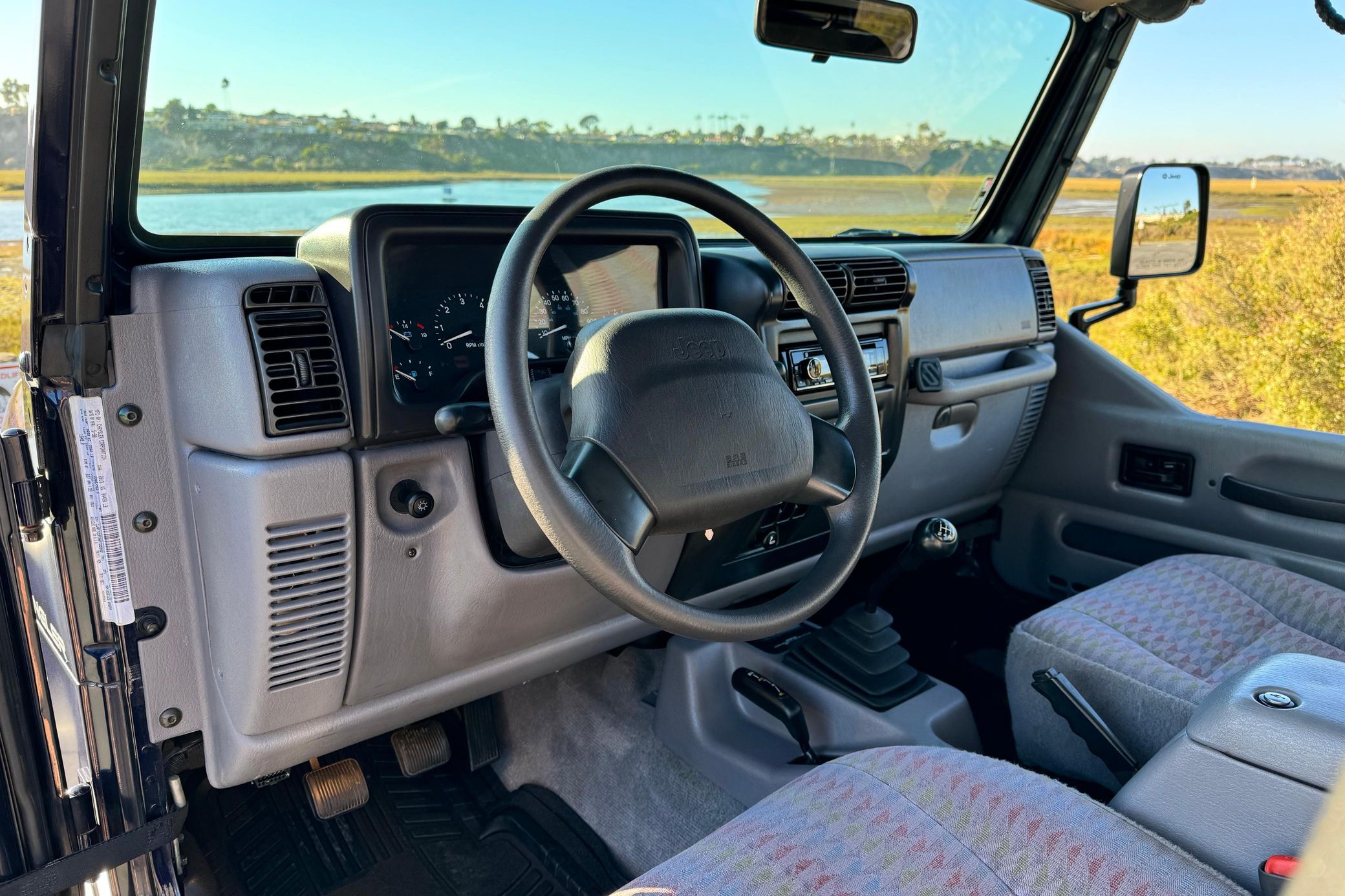
Via Cars & Bids
Amenities like air conditioning upgraded audio systems, and optional leather upholstery were available to provide a touch of luxury without diluting the utility of the Wrangler. Practicality was key in its interior in order to be able to sustain rough terrains, dirt, and moisture yet keep it comfortable for everyday use.
Things to Look For
While the Jeep Wrangler TJ generation has been off the market for almost two decades, well-maintained examples can still be found. Most of the TJ models are highly regarded for their ruggedness and exceptional off-road prowess, though, like any other vehicle, they also come with wear and tear, mostly in the drivetrain and suspension. Also, looking carefully for rust—most importantly in the frame and body—and having good drivetrain condition is indispensable. Considering service records, if any, and if there has been a recall is also the key to a smart buy.
Model Year
The Jeep Wrangler TJ was produced from 1996 to 2006, with several notable updates throughout its production run. In 1997, its first model year, the redesigned coil-spring suspension TJ appeared with better ride quality and improved off-road capability than the earlier YJ. For 2003, the big change for the TJ came in the form of a new Rubicon trim that added heavy-duty axles, locking differentials, and better suspension for serious off-roading.

Via Cars & Bids
During its run, it was available in several different trim levels, including the no-frills base Sport and the slightly more upscale Sahara, as well as an off-road-focused version named Rubicon. There were also special editions TJ with names like Golden Eagle and long-wheelbase LJ, intended more for carrying cargo and opening up space for rear seating. In 2006, TJ production came to an end, replaced with the JK generation, therefore showing the end of the second generation of this well-celebrated offroad icon.
Physical Condition
When assessing the physical condition of a Jeep Wrangler TJ, a careful inspection is key to ensuring you’re getting a solid vehicle that can continue its off-road adventures. While the TJ is known for its ruggedness, its age, and exposure to harsh conditions may have taken a toll on its body and mechanical components.
First, take a close look at the frame, as rust becomes a big issue in these TJs, especially in the rear crossmembers, rear suspension mounts, and undercarriage. The TJ’s steel body is prone to corrosion, particularly in areas that may have been exposed to water or mud. Also, check wheel wells for signs of rust or damage. Removable tops and doors also need to be checked for wear, as these might suffer from prolonged exposure to the elements
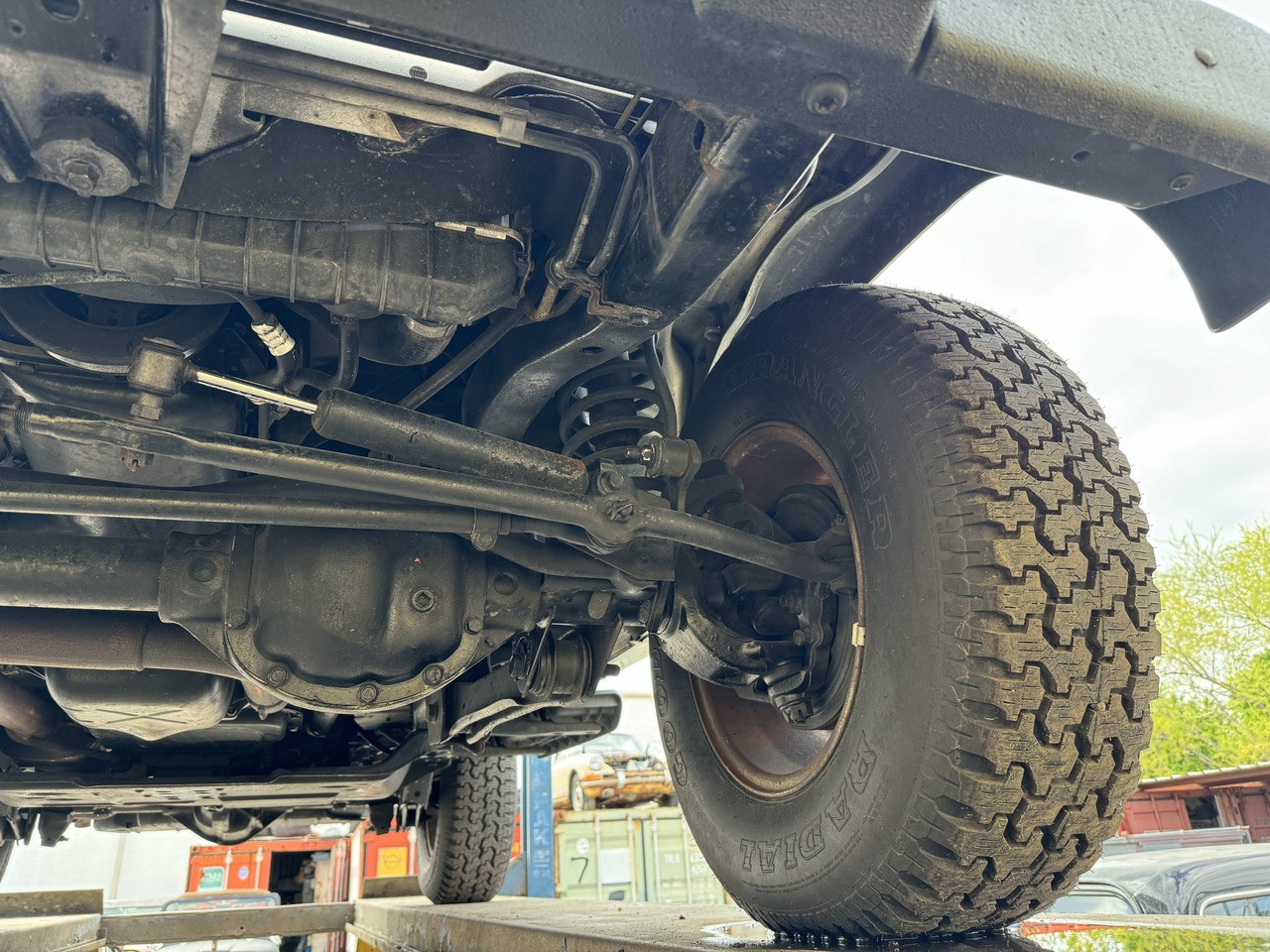
Via Reddit
Next, check the suspension components for wear, especially if it’s been off-roaded much. Worn-out bushings, shocks, or control arms can easily affect ride quality and off-road performance. Look for signs of leaks in the drivetrain, especially around the differential and transfer case. A professional, detailed inspection will find any hidden problems so you don’t end up with a money pit after purchasing.
Recalls
To fully assess the recall history of a Wrangler TJ, it’s essential to review its Vehicle Identification Number (VIN) through resources like NHTSA.gov or Cars.com. The TJ generation has had several recalls over the years, with some notable safety concerns. One example is the 1999 Jeep Wrangler, which has five recalls by the National Highway Traffic Safety Administration (NHTSA), ranging from loss of brake fluid to aftermarket fuel pump leaks.
Researching a vehicle’s recall history is crucial to evaluating its safety and dependability. It can also assist in pinpointing specific model years that experience more frequent issues. For instance, the last model year of the TJ generation, 2006, had three recalls related to issues such as a broken clutch ignition interlock spring, clutch linkage failure, and automatic transmission cup plug. By checking recall records, you can make a more informed decision when purchasing a used Wrangler TJ.
Service History
Reviewing the service records of a used Jeep Wrangler TJ is essential for understanding its maintenance history and overall condition. These records can provide insight into past repairs, routine maintenance, and any major work done on the engine, transmission, or suspension. Given the Wrangler TJ’s rugged nature and potential issues like suspension wear and rust, a thorough review of its service history helps ensure it has been properly maintained. Identifying any recurring problems or unresolved issues can help you avoid costly repairs and make an informed decision about which model years are more reliable for purchase.
Exhaust Smoke
The color and density of exhaust smoke can offer some surefire indications of possible engine issues. For example, thick white smoke is often a sign of a coolant leak, common in factory-saddled TJ models with a leak-prone radiator with plastic tank caps clamped onto an aluminum core.
Black smoke can indicate a fuel mix issue, while blue smoke typically indicates burned oil due to worn-out piston rings or valve seals. Keeping an eye out for signs will help zero in on the precise engine troubles before they become more serious and costly to repair.
Common Issues
Water Leaks
Water leaks are a common issue in the Jeep Wrangler TJ, particularly in earlier models. The cowl vent design allows rainwater to seep into the cabin, often causing puddles on the front floorboards after heavy rain. This problem is worsened if the rubber cowl vent drain tubes on the passenger side become clogged with debris.
To fix this, consider installing a vent cover like the Bushwhacker scoop or upgrading to a later model’s cowl vent shield to redirect water. Regularly checking and clearing the drain tubes can help prevent leaks and keep your TJ’s interior dry
Oil Leaks
Oil leaks are a common issue in the Jeep Wrangler TJ, especially with the 4.0-liter engine. These engines are known to develop leaks from several key areas, including the timing chain cover, valve cover, oil pan, and rear main seal. One notable problem is the oil pan, which can rot from the inside out, causing paint to peel and rust to form, eventually leading to oil drips. If you notice oil buildup or drips, the oil pan may need replacement. Regularly checking these areas can help you spot leaks early and avoid more costly repairs down the road.
Frame Rot
Frame rust is a significant concern for Jeep TJ buyers, especially in regions with harsh winters or high humidity, like the eastern United States. The most common areas for rust to develop on the TJ’s frame are around the upper control arms, where the rear axle connects to the frame, and near the body mounts.
However, nearly every part of the frame is susceptible to rust. If you’re inspecting a used TJ, it’s important to check these areas carefully. A good tip is to bring a screwdriver or similar tool to tap on the frame, which can help uncover hidden rust or weak spots that the seller may have attempted to cover up. Addressing frame rust early can prevent serious structural issues down the line.
Exhaust Manifold Leak
Exhaust manifold leaks are a common issue in the Jeep TJ, particularly for models equipped with the 4.0-liter engine. Nearly all TJ Wranglers from 1997 through 2006 are prone to experiencing exhaust manifold leaks over time. The most noticeable signs of a leak are excessive noise from the engine bay and reduced engine power. The exhaust manifold’s role is to dampen the sound of the engine’s combustion, so an increase in noise can indicate damage.
Additionally, a compromised manifold can affect engine performance. Replacing the exhaust manifold is a costly repair, often costing around $1,000, but it can restore engine power and eliminate the annoying noise associated with the leak. If you haven’t replaced the manifold yet, it’s a repair you should plan for, especially if you’re experiencing these symptoms.
Bearing, Balls and Joints
The Jeep TJ can experience wear on its bearings, ball joints, and unit bearings, particularly on vehicles with larger tires or lifts. While not as common as in the newer JK models, worn ball joints are still an issue, especially on TJ/LJ Dana 30 and Dana 44 axles. Larger, heavier wheels and tires can exacerbate this wear, leading to premature failure. Factory unit bearings may also have a shorter lifespan under these conditions. If you’re purchasing a lifted TJ or one with oversized tires, or if you notice abnormal tire wear like feathering, it’s important to inspect the ball joints and unit bearings for excessive play to prevent further damage.
Death Wobble
The Jeep TJ generation is prone to experiencing “death wobble,” a condition where the vehicle shakes violently at higher speeds, typically around 35 to 70 miles per hour. This unsettling wobble can make it feel as if the Jeep is about to fall apart. Death wobble is usually caused by issues with the suspension geometry, such as faulty tie rod ends, poor alignment, or most commonly, a loose track bar bolt that allows excessive movement. When inspecting a used TJ, it’s crucial to test drive the vehicle and pay attention to any signs of this violent shake, as it can lead to safety concerns if not addressed.
Missed Shifts
Jeep Wrangler TJ owners sometimes face issues with shifting the transfer case, but these problems are generally not due to internal damage in the NP231 or NP241OR transfer cases. Instead, the issue often arises from a misalignment in the shift linkage, which can occur if the body bushings are worn or if a body lift has been added. When the body sags, it can throw off the alignment of the transfer case shifter, leading to difficulty in shifting. The solution is usually simple: adjust the T-case shift rod. Loosening the adjustment nut under the skid plate allows you to reposition the shift rod for smoother 4WD shifting. After tightening it back down, a quick test will confirm the fix.
Recommendation
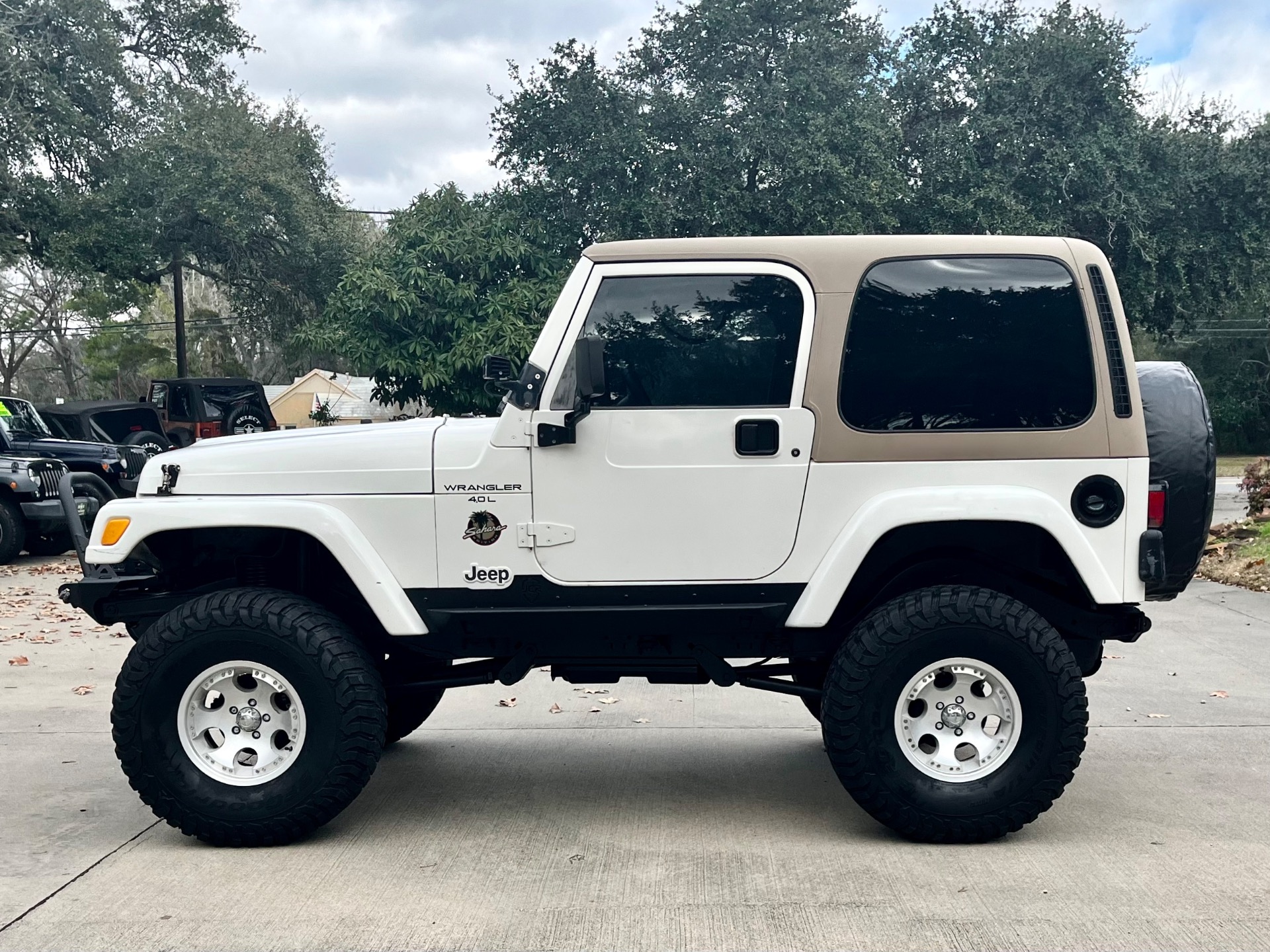
Via Select Jeeps Inc
The 2001 through 2004 Wrangler TJs are among the best used Jeep Wranglers in terms of reliability since they have fewer complaints filed on the NHTSA’s website and other websites like Car Complaints. Among these, the 2004 model year is perhaps the most improved in terms of build quality, which fixed several issues that the earlier TJ models had encountered.
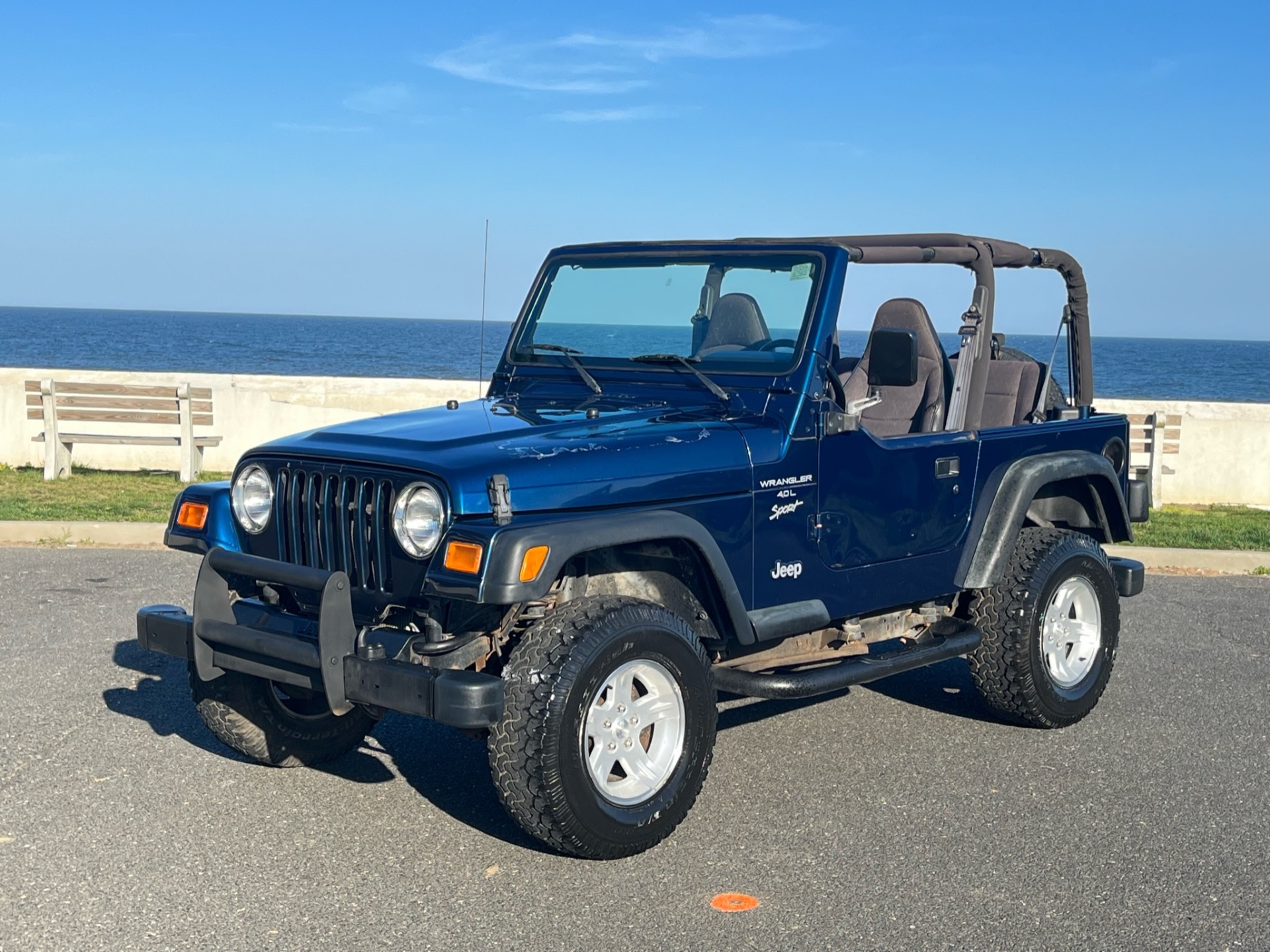
Via Legendary Car Company
As for the updates and refinements, both the 2005 and the 2006 are equipped with better interiors and even safer options. The most desirable ones for off-road enthusiasts are the heavy-duty Dana 44 axles in the 2005-2006 Wranglers, but that model year is also well-known for its notorious problems with the OPDA CPS distributor.

